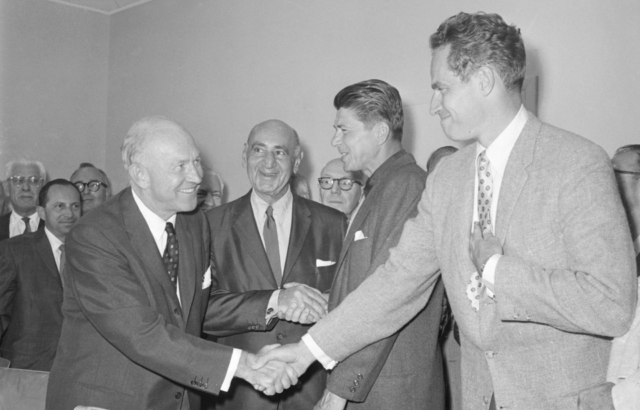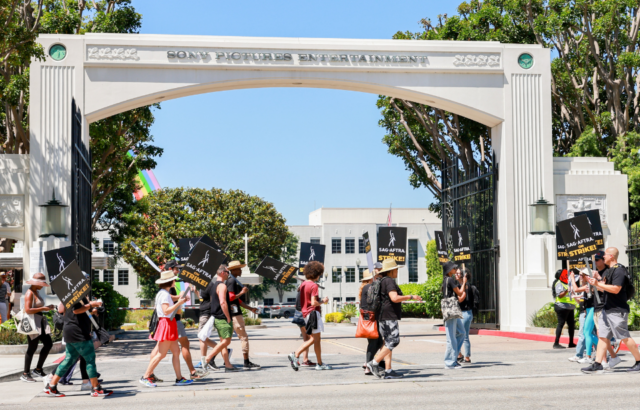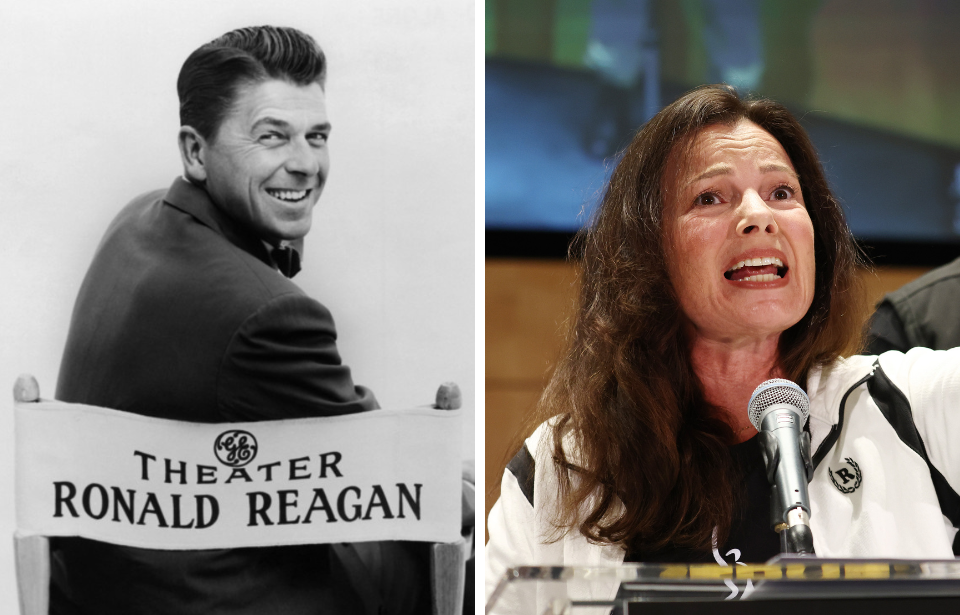On July 14, 2023, the Screen Actors Guild – American Federation of Television and Radio Artists (SAG – AFTRA) went on strike, which coincided with strike action by the Writers Guild of America (WGA) as part of the ongoing labor dispute with the Alliance of Motion Picture and Television Producers (AMPTP).
This strike has led to many comparing it to the 1960 SAG strike, which Ronald Reagan famously spearheaded. This is what happened during the 1960 strike and some similarities the current strikes shares with it.
1960 SAG strike
The 1960 SAG strike was a significant labor dispute that affected the entertainment industry in Hollywood. The strike was a response to several issues and disagreements between actors and producers over contract negotiations and the future of the entertainment industry.
During the strike, the main point of contention between the actors and the AMPTP was the demand for residual payments. Residuals are additional compensation paid to actors for reruns and re-airings of television shows and films. The actors were seeking a fair share of the profits generated from their work in the rapidly growing television industry.

The strike had significant ramifications for the industry, leading to numerous TV shows being suspended, production delays in films, and financial losses for both actors and producers. As tensions escalated, Reagan had to balance the interests of his fellow actors while seeking a resolution that would be acceptable to both parties.
Eventually, after months of intense negotiations and pressure, a settlement was reached and the strike came to an end. The actors achieved some gains, including a compromise on residual payments, but it fell short of the complete victory they had hoped for.
Ronald Reagan played a prominent role as the President of the Screen Actors Guild at the time. He firmly supported the actors’ demands, believing that it was essential to secure their financial interests and protect their livelihoods in the face of the changing dynamics of the entertainment business.
Reagan’s role during the 1960 SAG strike catapulted him further into the public eye. It also provided him with valuable experience in dealing with labor disputes and negotiations, which would later prove useful after he became the 40th President of the United States.
How today’s strike compares to the 1960 strike
Despite only starting over a week ago at the time of writing, comparisons can be made between the current strike and the strike of 1960. The reason for the strike is the same: actors and writers want to be properly compensated for the work they do. The difference is in motivation, which has much to do with modern technologies.

As stated by Duncan Crabtree-Ireland, SAG-AFTRA’s chief negotiator, studios have suggested the following: “Background performers should be able to be scanned and get paid for one day’s pay, and their companies should own that scanned image, their likeness to be able to use it for the rest of eternity in any project they want with no consent and no compensation.” Ultimately, actors want to protect their likeness and ensure proper payment for its use.
Another similarity, which may prove to be true, is the result of the strike hinging on SAG’s leadership. If the strike is to be concluded successfully, Fran Drescher, the current SAG president, is going to have to follow in Reagan’s footsteps. This also means that she’ll be under heavy scrutiny, which she has already faced after a trip to Italy with Kim Kardashian.
More from us: What Happened To Critically Acclaimed Actress Catherine Burns?
We’ll just have to wait and see how the current strike is concluded and whether or not it changes the filmmaking industry for generations to come like the 1960 strike did.
